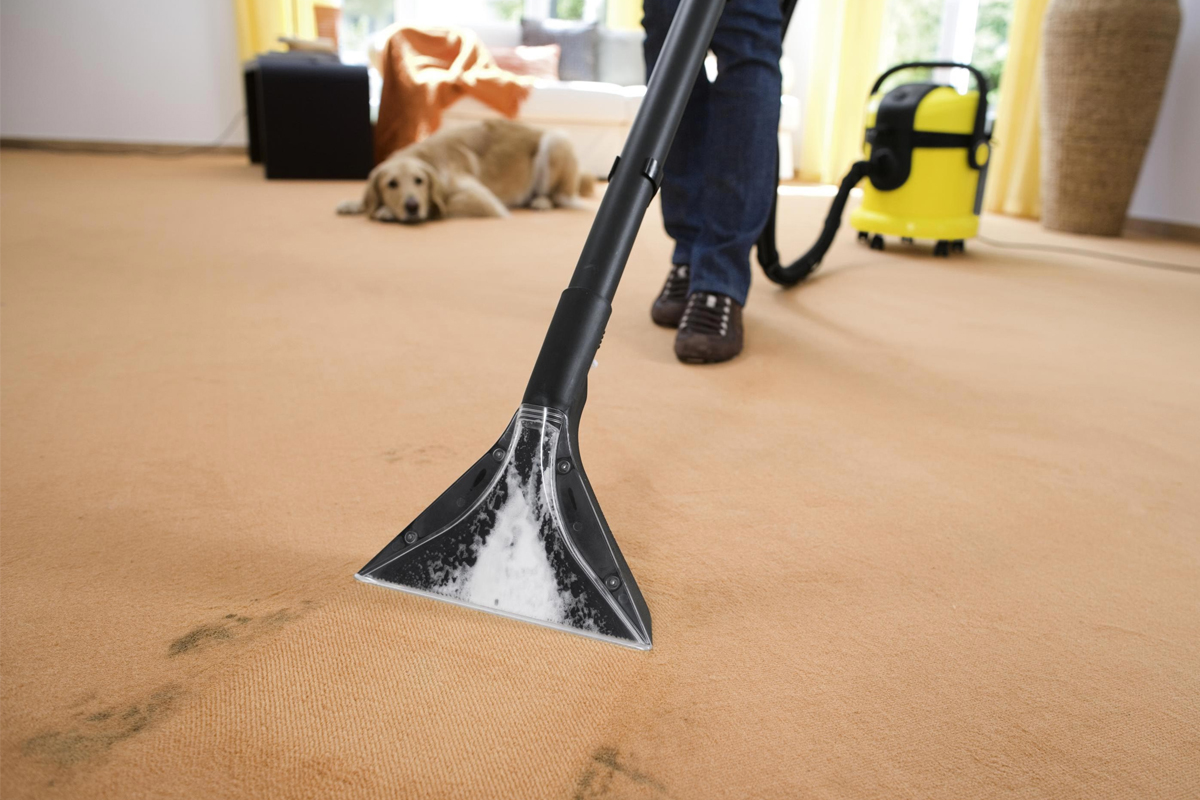
You might think maintaining a lush, green lawn is simply a matter of watering and mowing, but professional landscapers know there’s much more to it. Their best-kept secrets involve a holistic approach that starts from the ground up. From soil testing and preparation to strategic watering and mowing techniques, these experts have honed their methods to achieve consistently stunning results. But that’s just the beginning. There’s a world of specialized knowledge about fertilization and pest management that can transform your lawn from mediocre to magnificent. Want to know what sets the pros apart from the average homeowner? The answers may surprise you.
Soil Testing and Preparation
A healthy lawn starts from the ground up. Before you plant or treat your grass, it’s crucial to understand your soil’s composition. Conduct a soil test to determine pH levels and nutrient deficiencies. You can purchase a DIY kit or send samples to a local extension office for analysis.
Once you have the results, adjust your soil accordingly. Add lime to increase pH or sulfur to lower it. Incorporate organic matter like compost to improve soil structure and nutrient retention. Address any compaction issues by aerating the lawn, which allows air, water, and nutrients to penetrate the root zone.
If your soil is particularly poor, consider topdressing with a layer of high-quality topsoil. These preparatory steps lay the foundation for a lush, vibrant lawn that is more resistant to pests, diseases, and environmental stresses.
Proper Watering Techniques
With your soil properly prepared, it’s time to focus on watering—a key factor in maintaining a healthy lawn. Water deeply but infrequently to encourage deep root growth. Aim for 1-1.5 inches of water per week, including rainfall. Use a rain gauge or empty tuna can to measure.
Water early in the morning to minimize evaporation and fungal growth. Avoid evening watering, which can lead to disease. For sloped areas, water in shorter, multiple sessions to prevent runoff.
During hot, dry spells, increase watering frequency but maintain depth. If your lawn shows signs of stress—like footprints remaining visible or a bluish-gray tint—it’s time to water. Install a smart irrigation system or use a timer to automate the process and ensure consistent watering.
Mowing for Optimal Growth
Proper mowing techniques are crucial for maintaining a healthy, lush lawn. Set your mower blade to the correct height for your grass type to achieve optimal growth, typically between 2.5 and 3.5 inches. Never remove over one-third of the grass blade in a single mowing session. This rule prevents shock and encourages deeper root growth.
Mow when the grass is dry to avoid clumping and ensure a clean cut. Alternate your mowing pattern each time to prevent soil compaction and promote upright growth. Keep your mower blades sharp for clean cuts that heal quickly and reduce stress on the grass.
During peak growing seasons, you may need to mow twice a week. In slower growth periods, once a week is usually sufficient. Remember, proper mowing encourages a thicker, more resilient lawn.
Strategic Fertilization Methods
Strategic fertilization is key to achieving a vibrant, healthy landscape by delivering essential nutrients to your lawn. You’ll want to apply fertilizer at the right times and in the correct amounts. Start with a soil test to determine your lawn’s specific needs.
Use a balanced fertilizer in spring with equal parts nitrogen, phosphorus, and potassium. During summer, switch to a high-nitrogen formula to promote leaf growth. Opt for a high-phosphorus mix in the fall to strengthen roots before winter. Always follow package instructions for application rates. Consider using slow-release fertilizers to provide steady nutrition over time.
Don’t over-fertilize, leading to excessive growth and increased susceptibility to pests and diseases. Water your lawn thoroughly after fertilizing to help nutrients penetrate the soil and reach the roots.
Weed and Pest Management
Vigilance is key to weed and pest management for a healthy lawn. You’ll need to regularly inspect your grass for signs of unwanted plants and insects.
For weeds, use a targeted herbicide that won’t harm your lawn. For best results, apply it directly to the weeds’ leaves. Pre-emergent herbicides can prevent weed seeds from germinating in the first place.
To manage pests, identify the culprits first. Grubs, chinch bugs, and armyworms are common lawn destroyers. Use appropriate insecticides or natural predators like nematodes to control these pests.
Don’t forget about preventive measures: maintain proper mowing height, avoid overwatering, and improve soil drainage. These practices make your lawn less inviting to pests. Remember, a thick, healthy lawn is naturally more resistant to weeds and pests, so focus on overall lawn health as your primary defense.
Frequently Asked Questions
How Do I Choose the Best Grass Type for My Climate?
Research grass varieties suited for your region to choose the best grass type for your climate. Consider factors like sun exposure, rainfall, and temperature ranges. Consult local gardening centers or extension offices for expert advice on grass types that thrive in your area.
What’s the Ideal Time to Overseed My Lawn?
You’ll want to oversee your lawn in early fall or spring. These seasons provide ideal conditions for seed germination, and fall’s cooler temperatures and increased rainfall are especially beneficial. Ensure you’ve prepared the soil properly before overseeding for best results.
How Can I Prevent Lawn Damage From Pet Urine?
To prevent lawn damage from pet urine, dilute it quickly and water the area immediately after your pet urinates.
You can also train your dog to use a specific spot or provide them with a designated area.
Are There Eco-Friendly Alternatives to Traditional Lawn Care Products?
Yes, you’ll find many eco-friendly alternatives for lawn care.
Try organic fertilizers, compost tea, or homemade weed killers.
Use a manual push mower, mulch grass clippings, and water efficiently.
These methods reduce chemical use and environmental impact.
How Do I Deal With Bare Patches in My Lawn?
To fix bare patches in your lawn, you’ll want to start by loosening the soil.
Then, spread grass seed and cover it with a thin layer of compost.
Water regularly and keep foot traffic away until new grass is established.
Conclusion
You’ve now unlocked the secrets of Daily Landscaping for a lush, green lawn. By focusing on soil health, smart watering, proper mowing, strategic fertilization, and effective pest control, you’ll achieve a stunning yard. Remember, it’s not about working harder but smarter. With these techniques in your arsenal, you’ll be the envy of your neighborhood. So get out there and start transforming your lawn into a verdant paradise!


